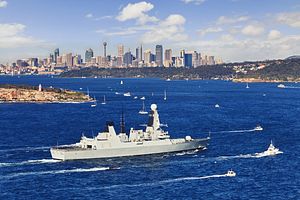Since at least December 2012, China, Japan, Vietnam, the Philippines, and the United States have contributed in different ways to the polarization of geopolitical interests around maritime security in East Asia. Regardless of how we might judge which country is most responsible for the recent decline in regional trust beginning almost four years ago, the court of international public opinion is now asking many more questions of China than of the other states.
China’s bold moves to build military-grade airfields on artificial islands in the middle of what most countries think of as open ocean and far from its mainland territory has shocked the entire world. As a long-term analyst of China’s maritime frontier and the country’s strategic policies across the board, I was definitely also surprised by the scale and scope of the island-building.
Yet, unlike most observers, I can understand why China did it. Its airfield building is only a bigger and better version of what Vietnam and the Philippines had previously undertaken in the long-disputed area, a fact acknowledged by the Pentagon. I sympathize with those in China who see their country’s actions as defensible and who cannot understand the damage the island-building has done to the country’s international reputation.

































